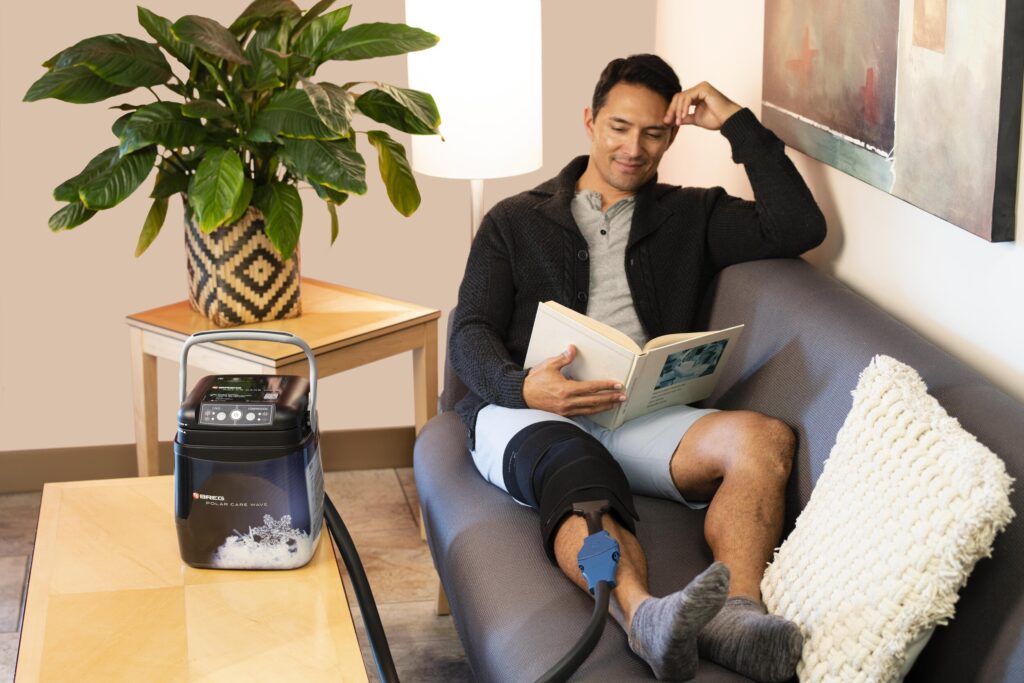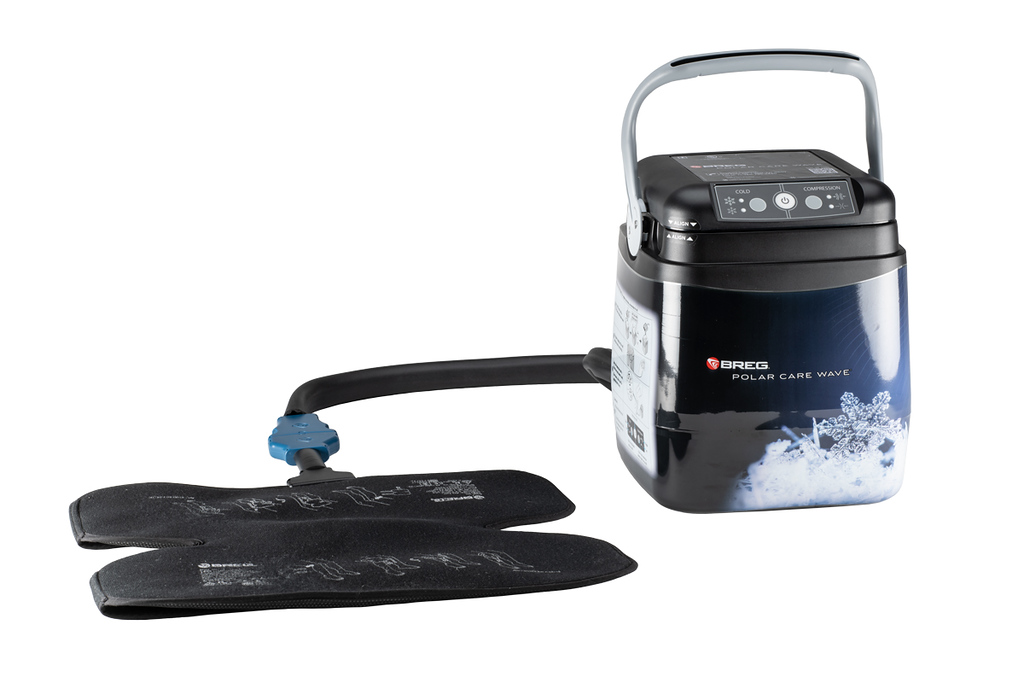
In the fast-paced world of healthcare, efficiency and effectiveness in patient recovery are paramount. Orthopedic surgeries, such as total knee arthroplasty (TKA), are procedures where the recovery process plays a critical role in determining the overall success of the surgery. A critical aspect of this recovery process is physical therapy, which aims to restore function, improve mobility, and decrease pain. However, the length of physical therapy can be a concern for both patients and healthcare providers, affecting overall patient satisfaction and healthcare costs. With the advancement in cold therapy technology, particularly the introduction of the Polar Care Wave cold therapy machine, there’s a promising avenue to cut down physical therapy time with faster patient recovery rates.
The Challenge with Traditional Recovery Processes
Traditional recovery processes following orthopedic surgeries often involve extended periods of physical therapy. These sessions, while crucial, can be lengthy and demanding for patients. The slow pace of recovery can lead to frustration and decreased motivation, potentially impacting the effectiveness of the rehabilitation process.
Introducing Cold Therapy into Post-Operative Care

Cold therapy, also known as cryotherapy, involves the application of cold temperatures to the surgical site to reduce pain and swelling. The Polar Care Wave machine takes this concept further by combining cold therapy with active compression, targeting two of the most significant factors in post-operative recovery: inflammation and edema.
How Cold Therapy Speeds Up Recovery
- Reduced Inflammation and Swelling: By applying cold temperatures, the Polar Care Wave machine helps constrict blood vessels, reducing the flow of fluid to the injured area. This minimizes swelling and inflammation, which are common sources of pain and discomfort post-surgery.
- Pain Management: Cold therapy has a numbing effect on the surgical site, providing immediate pain relief without the reliance on narcotics. This can significantly enhance patient comfort during the initial stages of recovery.
- Enhanced Circulation: The active compression feature of the Polar Care Wave machine mimics natural muscle contractions, promoting venous return and helping to remove lactic acid and other metabolic wastes from the affected area. This not only aids in reducing swelling but also improves nutrient delivery to the site, facilitating faster tissue repair.
Cutting Down Physical Therapy Time
With the integration of the Polar Care Wave machine into post-operative care, patients can experience a reduction in the primary barriers to quick recovery: pain and swelling. As these symptoms are managed more effectively, patients can begin their physical therapy sessions sooner and with less discomfort. This leads to several benefits:
- Increased Range of Motion (ROM): With less pain and swelling, patients can achieve a greater ROM more quickly, a critical component in the recovery process following surgeries like TKA.
- Shorter Physical Therapy Duration: As patients can actively participate in their recovery sooner, the overall time spent in physical therapy can be significantly reduced. This not only enhances patient satisfaction but also optimizes the use of healthcare resources.
- Improved Outcomes: Faster recovery rates not only benefit the patient’s physical health but also their mental well-being. A quicker return to daily activities and reduced reliance on pain medication contribute to a more positive recovery experience.
Conclusion
The integration of advanced cold therapy technology, exemplified by the Polar Care Wave machine, into post-operative care presents a significant advancement in the field of orthopedic surgery. By reducing pain and swelling more effectively, it offers a pathway to faster patient recovery rates and, consequently, a reduction in the duration of physical therapy. This innovative approach aligns with the goals of modern healthcare: to provide efficient, effective, and patient-centered care.